In this first body service article in a series, Nissan’s position on the use of non-OEM parts, salvaged air bag components and the repair limitations of steel and aluminum wheels is defined.
The importance of using the correct body repair parts and materials cannot be overstated. Using non-OEM or aftermarket parts to offer your customer a lower price is not a good business practice for many reasons. Such parts are not engineered by Nissan or the company’s suppliers for the best structural integrity, longevity, safety, form and fit. To return a Nissan or Infiniti vehicle to its correct specification and appearance, the best answer is to use Genuine Nissan and Infiniti replacement parts.
The use of salvaged parts from wrecked or dismantled vehicles is not a good idea either. While they may have been Nissan-approved when new, the possibility of hidden structural damage or other defects that could cause failure or early corrosion outweighs the possible savings. These defects may be the result of a number of conditions, such as crash damage, the vehicle having been in a flood, a fire – or simply excessive age. You may not be aware of such defects when you obtain the part, but that doesn’t lessen your liability. Don’t take a chance if you don’t have to.
Nissan position statements
Nissan has issued several position statements covering the use of non-OEM parts, salvaged air bag components and the repair limitations of steel and aluminum wheels.
These position statements were most recently issued in the form of Parts and Service Bulletins on February 24, 2010. These bulletins are intended as guidelines for Nissan and Infiniti dealers, and the independent repair facilities that purchase repair parts and materials from them. These bulletins are printed below for your information. Printed copies of the bulletins are available form your local Nissan or Infiniti Program Dealers, which are listed in the final pages of this magazine.
Use of Non-OEM Parts on Nissan Vehicles
Nissan Parts & Service Bulletin 10-016:
The original parts used on a Nissan automobile are designed and built to provide optimum fit, function safety and structural integrity of the vehicle.
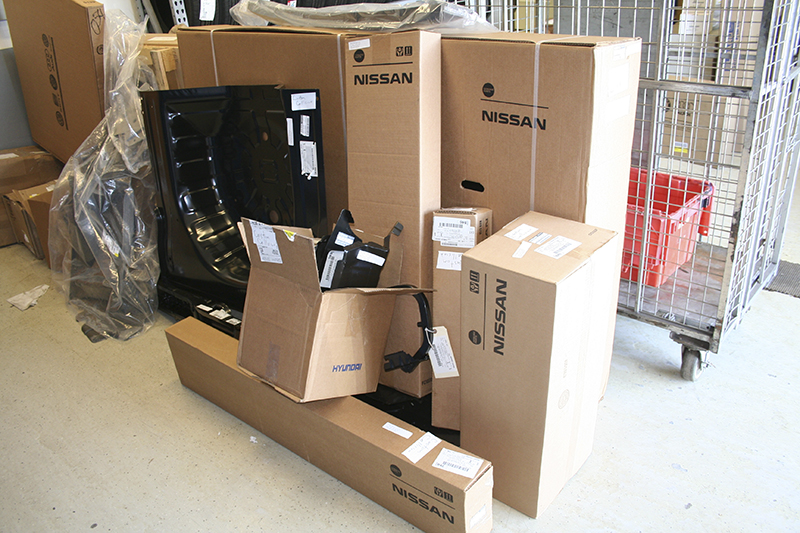
For the best results, always use Genuine Nissan Parts to restore your customer’s vehicle to its original beauty, safety and structural integrity.
When collision repairs are necessary, Nissan North America recommends that any repairs be performed by an experienced professional using the Nissan body repair manual and Nissan Genuine original equipment replacement parts designated for the use on the specific Nissan vehicle being repaired. This includes: mechanical, electrical, body panels, safety and structural components. Genuine Nissan replacement parts are developed to deliver the same fit, function, safety and structural integrity as when the vehicle was originally built. Parts of the vehicle are designed to work together as a system. Integrating non-Nissan Genuine parts or aftermarket parts into these systems can change the crash performance engineered into the design in the case of a future collision.
Following the recommendation, especially with regard to safety and structural components will assist to avoid compromises to the structural integrity and safety of the vehicle that could occur when parts other than Genuine Nissan original equipment replacement parts are used.
Vehicle lease agreements, such as those offered by Nissan Motor Acceptance Corporation, may stipulate that ONLY Genuine Nissan replacement parts be utilized for collision repairs to the vehicle.
Parts Warranty
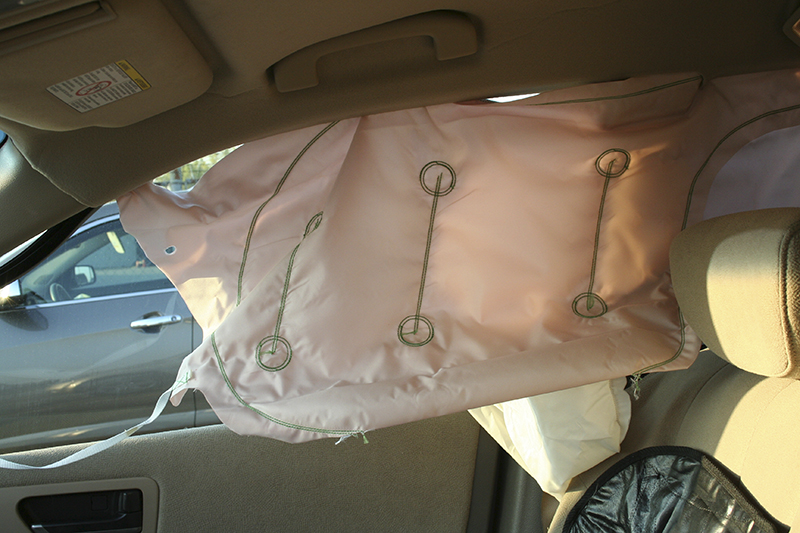
The use of salvaged or used air bags when repairing a Nissan vehicle may compromise the safety of the occupants.
Nissan North America’s replacement parts warranty does not apply to any part other than a Nissan Genuine original equipment replacement part. Repairing a leased vehicle with other than Genuine Nissan replacement parts may not only be prohibited by applicable lease terms, but may also limit or restrict coverage under the manufacturer’s vehicle warranty or any additional warranties, service contracts or maintenance contracts covering the vehicle.  Customers should review their specific leases/warranties/contracts for details. Nissan North America is not responsible for any damage or repair costs resulting from the use or failure of parts other Nissan Genuine replacement parts or parts otherwise approved by Nissan.
Use of SALVAGED and or USED Air Bag Components on Nissan Vehicles
Nissan Parts & Service Bulletin 10-016:
The original supplemental restraint system parts utilized on a Nissan automobile are designed and specifically engineered for use in that vehicle. This includes the new service air bag system components. Nissan North America is confident that such supplemental restraint systems and their components will help protect occupants in Nissan vehicles.Â
The installation and use of a salvaged or used supplemental restraint systems component in a Nissan vehicle may compromise the intended performance of the vehicle’s air bag system as there is no certainty of the history, quality, condition, compatibility, environmental or other degradation prior to salvage of a salvaged or used air bag system component.
When supplemental restraint system repairs are necessary, Nissan North America recommends that any repairs be performed by an experienced professional using only new Nissan Genuine original equipment replacement parts designated for the use on the specific Nissan vehicle supplemental restraint system. Following this recommendation, vehicle owners and repairers can best ensure that the supplemental restraint system parts used in the repair of the Nissan vehicle will help protect vehicle occupants in a possible future crash.
Steel and Aluminum Wheel Repair on Nissan Vehicles
Nissan Parts & Service Bulletin 10-014:
Nissan North America does not approve of any repairs or the use of any repaired steel or aluminum wheel that involves welding, bending, hammering, straightening, re-machining, reforming, or adding new material as this can compromise the structural integrity of the wheel and safety of the vehicle.
Any repair of steel or aluminum wheels must be strictly limited to minor cosmetic sanding or polishing that removes just the finish.
Wheels – more than just pretty
Everyone loves sharp wheels. They are part of the vehicle’s design and add to the overall beauty. The aftermarket wheel industry sells millions of dollars worth of custom wheels each year. Now, more than ever before, we can easily (but often at significant cost) add that personal touch to our rides.

Minor wheel damage, such as this scrape caused by hitting a curb, can be repaired. Cracks, deep dents and noticeable bends cannot.
Nissan creates wheels for its vehicles that will aesthetically compliment the overall design, but are far more important than just looking attractive. Basically, wheels are the component that supports the vehicle’s entire weight during all aspects of driving and transfer the driving force to the tires that contact the ground.
The torque applied to the wheels during acceleration and braking – often while turning – is immense.
Add to that the impact from road surface variations: potholes, railroad tracks, road debris, the inadvertent curb bumps and other hazards, and you’ll see that the structural integrity of the wheels is far more important than merely adding beauty.
Deciding when a damaged wheel can be repaired or discarded due to cracks, dents, bending or imbalance is a critical safety factor for a service facility. You want to keep the cost down for your customer, but when a wheel is damaged more than cosmetically, you must make the hard decision that replacement is the only option.
This requires that you thoroughly inspect the wheel and report the findings to the customer. You don’t want to jeopardize the driving safety of the vehicle and its occupants or expose your shop to any legal action that could ensue. If you are sure that any minor damage can be repaired – fine. But, if there is damage that could lead to the wheel breaking, which could cause a serious accident, you must let the customer know and be prepared to explain (in a technical, not frightening manner) the possibilities.
Any damage to the bead area where the wheel seals against the tire (bends, dents and cracks from an accident or hitting a hard object, such as a pothole) calls for replacement. In such cases, the tire – if it survived – is probably beyond saving.
If you perform a wheel repair that removes any more than the smallest amount of metal, you should re-balance the wheel and tire assembly.
Paint
Nissan does not specify a particular source for paint. It is assumed, however, that the collision service facility will use a top-tier supplier and will have received training from that supplier in the use of the paint and finish products.
Structural integrity
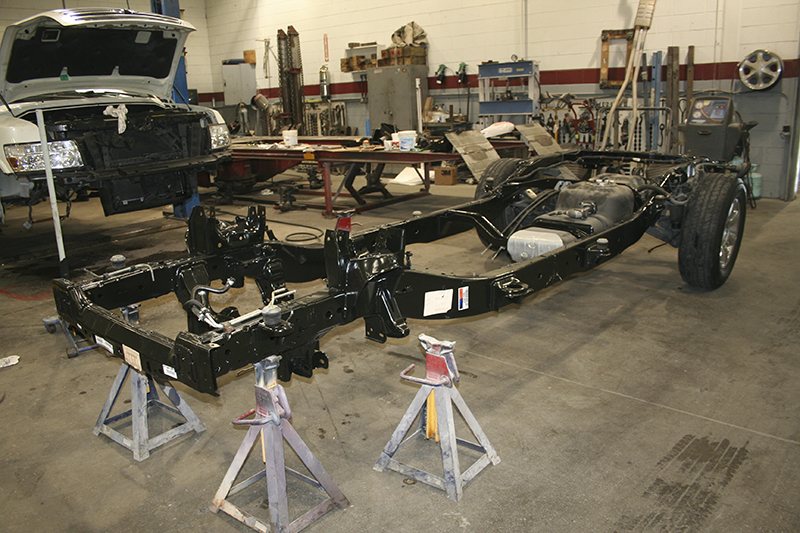
This 2006 Infiniti Q56 is getting an entire new frame. Just imagine the problems that could occur if non-original frame parts – the vehicle’s foundation – were used. Talk about structural integrity!
The term “structural integrity†refers to the design of strength and durability that was established when the vehicle or component was created. It encompasses the relationship between each component in the entire assembly and its ability to perform within that assembly. If one part is not capable of performing at the optimum level, the entire assembly is therefore compromised. To put it simply, we can use the old adage, “a chain is only as strong as its weakest link.â€
In this context, structural integrity means that all the parts were designed with a common interrelated purpose and if one part should fail, the entire assembly of parts is rendered incapable of serving its designed function. To simplify again: one bad part can cause the entire vehicle to fail. That’s why it’s important to use the very best parts.
Nissan offers all you need
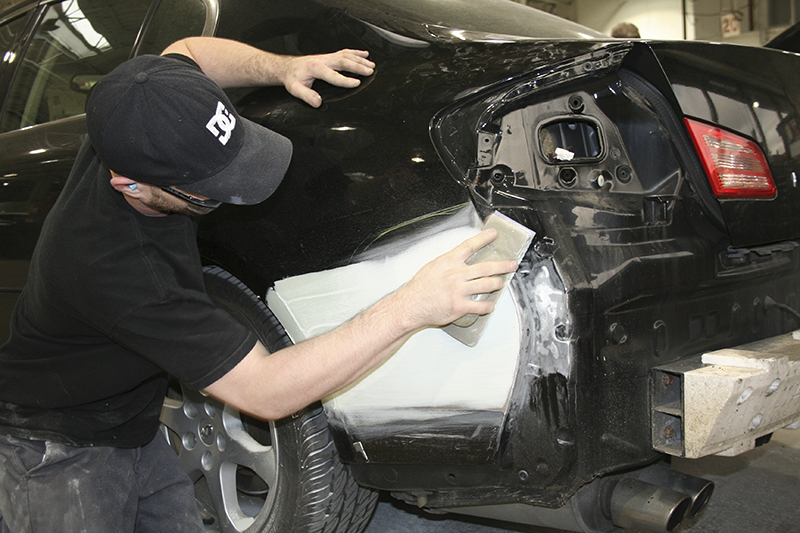
The combination of Genuine Nissan parts, top-quality products and personal skill will bring your customer’s Nissan or Infiniti vehicle back to pre-crash condition.
Your local Nissan and Infiniti Program Dealer can supply all the body parts and products you need to restore your customer’s vehicle to its original structural integrity, safety and beauty.
Nissan also offers its helpful “Body Repair Manual – Fundamentals†guide. This manual is prepared to provide service personnel with the general knowledge necessary to perform body repairs on Nissan vehicles. Information is provided on auto body construction, sheet metal work, welding, plastic repair and safety. It is available on the Nissan Tech Info website at www.nissan-techinfo.com.

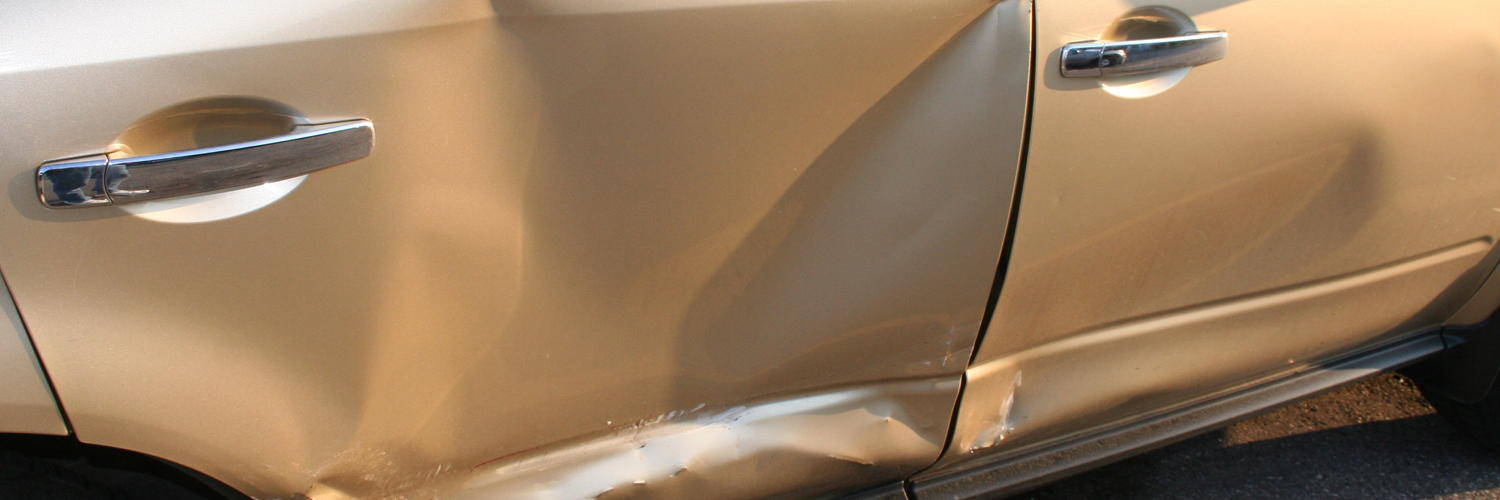




0 Comments